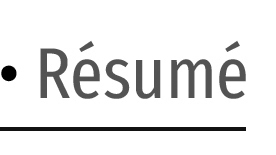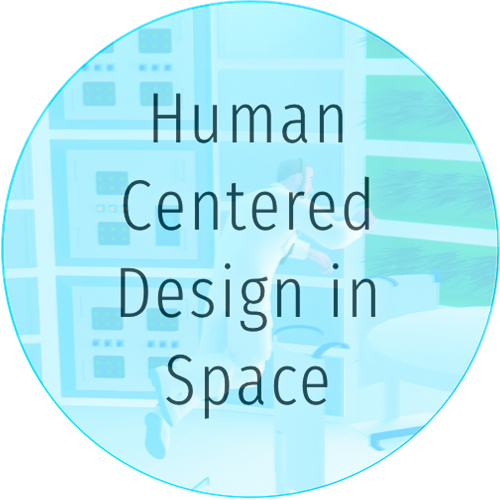






The Challenge: Applying the human-centered design process to habitats in NASA's new ecosystem.
|
This new ecosystem is a series of space stations and transports that would range from 30-day to over 1,000 day missions. Our client, a local aerospace contractor wanted us to come up with design guidelines and concept designs.
|
|
Discovery: First, we researched. Astronauts were hard to come by, so we mined our networks for anyone that had spent long periods of time in extreme/isolated environments including a scientist that lived in a geodasic dome (HI SEAS) for 6 months [far left], an engineer that lived on the ice on the South Pole for a year [middle], and a biologist that has spent a total of 6 months over 3 trips on the glaciers in Antarctica. [far right].
|
|
From these interviews (as well as books, articles, and material from the client) we identified a number of themes:
|
|
Design + Strategy: Once we established these themes, we constructed a guidelines document based on the human needs of the astronaut. We also allowed these need- statements to inspire design concepts - both for the overall craft layout (below) and ideas we believe addressed individual needs/themes.
|
|
Refining our ideas in 3D: We moved some of these concepts into 3D models to communicate our ideas to the client, talk through pros and cons with engineers and astronauts, and deliver an inspiring final vision.
|
|
|
|
|
We also decided to explore a number of ideas through sketching that we felt captured some of the intial themes we discovered in the interviews.
|
|
|
Our aerospace client was thrilled with the outcome of this short sprint and used our ideas and models to help their internal teams understand and ideate around the psychological (not just survival) human factor of space travel.
|